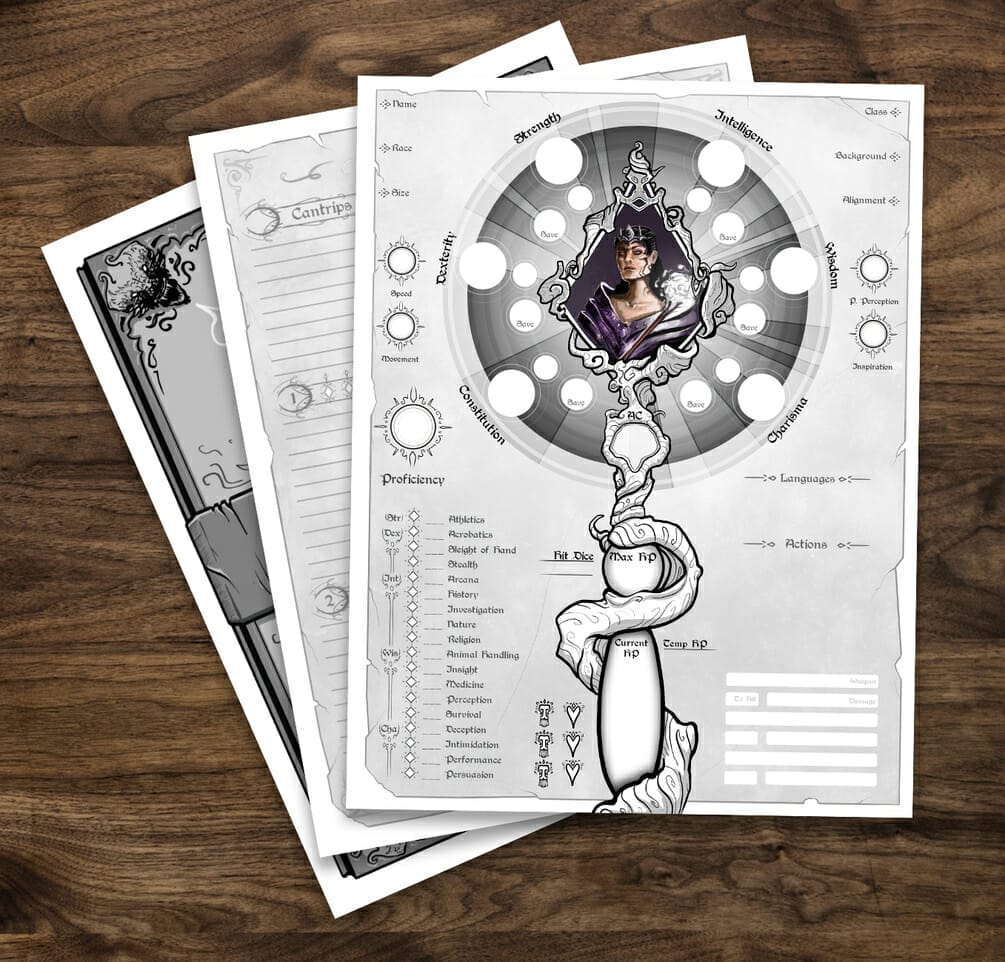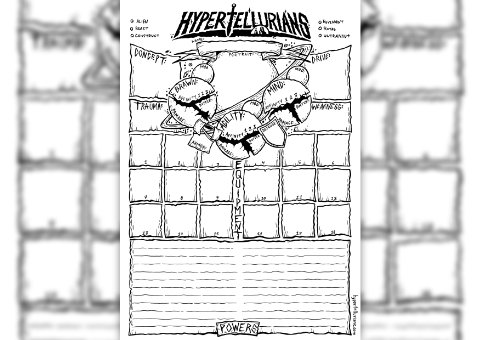

1600–1750) or earlier eras may have neither a tempo marking nor a dynamic indication. The lyrics, if present, are written near the melody notes. 1750) onward indicate the piece's tempo using an expression-often in Italian-such as Allegro (fast) or Grave (slow) as well as its dynamics (loudness or softness). Most songs and pieces from the Classical period (ca.

a time signature, which typically has two numbers aligned vertically with the bottom number indicating the note value that represents one beat and the top number indicating how many beats are in a bar-for instance, a time signature of 2Ĥ indicates that there are two quarter notes (crotchets) per bar.a key signature indicating the key-for instance, a key signature with three sharps is typically used for the key of either A major or F ♯ minor.a clef, such as bass clef or treble clef.Page from the autograph score of Fugue No. In classical sheet music, the staff typically contains: In most classical music, the melody and accompaniment parts (if present) are notated on the lines of a staff using round note heads. The type of musical notation varies a great deal by genre or style of music. Title pages from instrumental works may omit an illustration, unless the work is program music which has, by its title or section names, associations with a setting, characters, or story.

Title pages for songs may have a picture illustrating the characters, setting, or events from the lyrics. No songwriter or composer name may be indicated for old folk music, traditional songs in genres such as blues and bluegrass, and very old traditional hymns and spirituals, because for this music, the authors are often unknown in such cases, the word Traditional is often placed where the composer's name would ordinarily go. It may also the name of the arranger, if the song or piece has been arranged for the publication. The sheet music may also indicate the name of the lyric-writer, if the lyrics are by a person other than one of the songwriters or composers. If the songwriter or composer is known, their name is typically indicated along with the title. If the song or piece is from a movie, Broadway musical, or opera, the title of the main work from which the song/piece is taken may be indicated. Sheet music from the 20th and 21st century typically indicates the title of the song or composition on a title page or cover, or on the top of the first page, if there is no title page or cover. Title page for the first-edition vocal score for Hector Berlioz's Béatrice et Bénédict Title and credit The term score can also refer to theatre music, orchestral music or songs written for a play, musical, opera or ballet, or to music or songs written for a television programme or film for the last of these, see Film score. The term score is a common alternative (and more generic) term for sheet music, and there are several types of scores, as discussed below. Many forms of traditional and popular Western music are commonly learned by singers and musicians "by ear", rather than by using sheet music (although in many cases, traditional and pop music may also be available in sheet music form). Sheet music is the basic form in which Western classical music is notated so that it can be learned and performed by solo singers or instrumentalists or musical ensembles. The first printed sheet music made with a printing press was made in 1473.
Who did the art of 5e deluxe character sheets tv#
In everyday use, "sheet music" (or simply "music") can refer to the print publication of commercial sheet music in conjunction with the release of a new film, TV show, record album, or other special or popular event which involves music. The use of the term "sheet" is intended to differentiate written or printed forms of music from sound recordings (on vinyl record, cassette, CD), radio or TV broadcasts or recorded live performances, which may capture film or video footage of the performance as well as the audio component. Although the access to musical notation since the 1980s has included the presentation of musical notation on computer screens and the development of scorewriter computer programs that can notate a song or piece electronically, and, in some cases, "play back" the notated music using a synthesizer or virtual instruments. Like its analogs – printed books or pamphlets in English, Arabic, or other languages – the medium of sheet music typically is paper (or, in earlier centuries, papyrus or parchment). Sheet music is a handwritten or printed form of musical notation that uses musical symbols to indicate the pitches, rhythms, or chords of a song or instrumental musical piece. Tibetan musical score from the 19th century


 0 kommentar(er)
0 kommentar(er)
